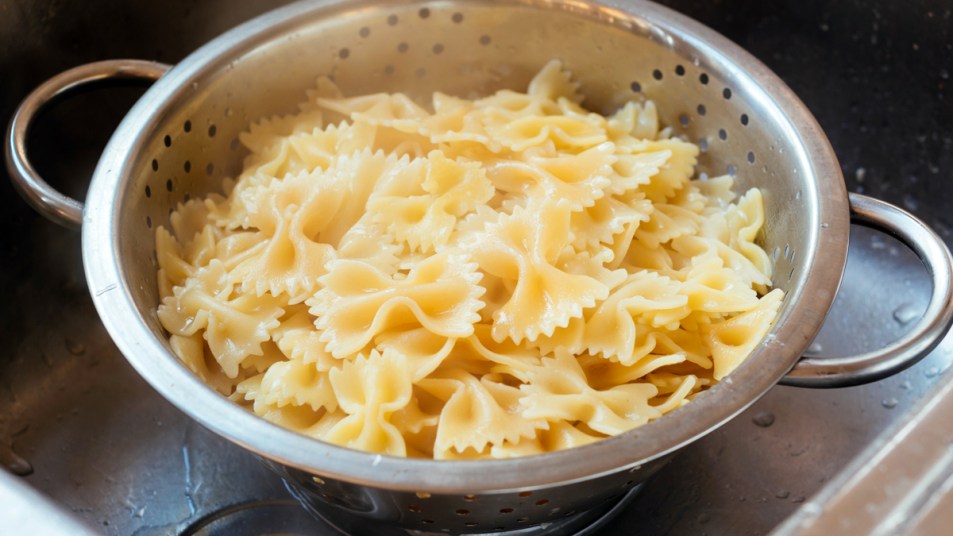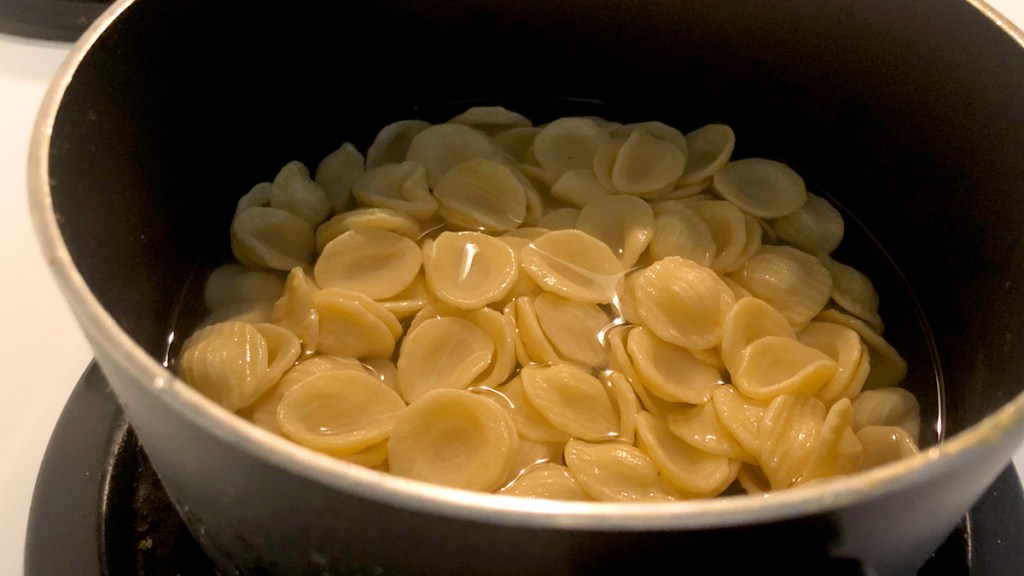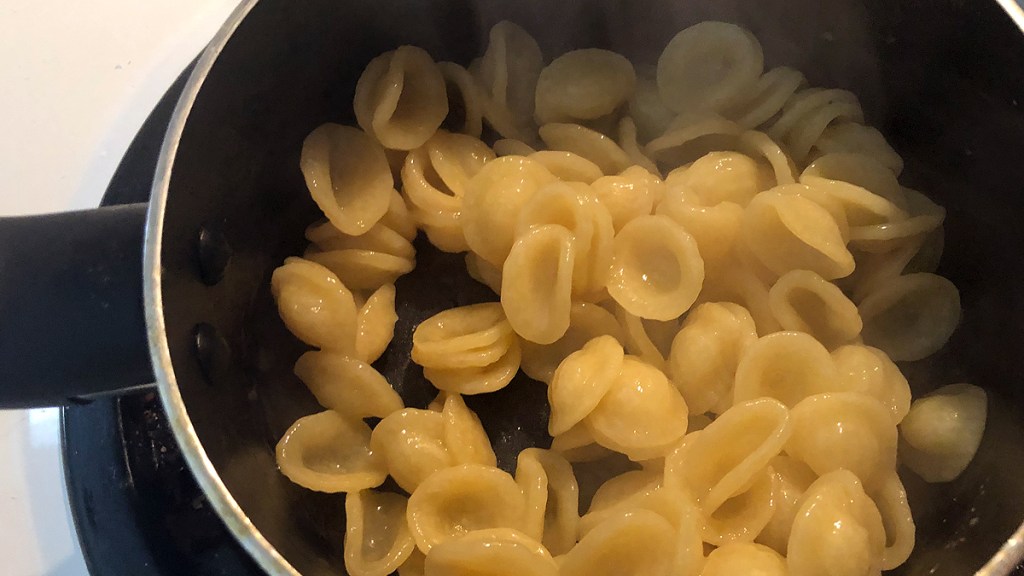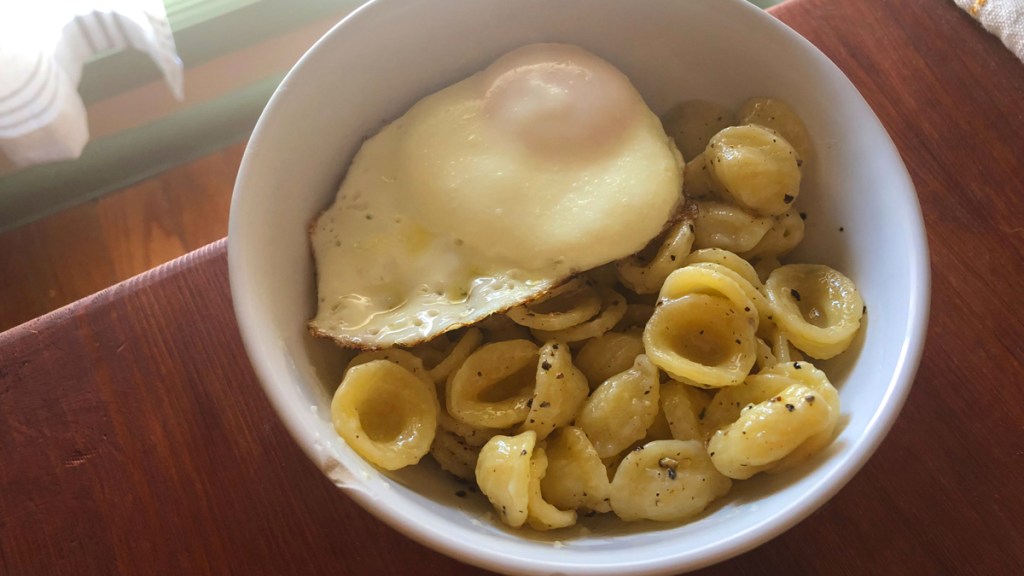This Simple Trick Will Give You Delicious Pasta Without Having to Strain It

Kiss your colander goodbye — there’s an easy way to whip up no-strain pasta that will save you time cooking your noodles and the hassle of carrying a pot of boiling hot water to your sink. Plus, it’ll leave you with one less dirty dish to scrub!
I first discovered the handy technique while making J. Kenji López-Alt’s recipe for 3-ingredient stovetop mac and cheese. Like Alton Brown’s cold-water pasta method, this called for adding the water and noodles to the pot and bringing them to a boil together. However, unlike Brown, this time there was no excess water to strain off before finishing the dish up — it was (mostly) all absorbed while heating. I couldn’t help but think that if it worked so well for macaroni, why not other noodles?
After experimenting, I’ve found it works just as well for similarly small-sized pasta. Longer noodles, like spaghetti and linguine, aren’t as effective since they like to slowly slump down into their hot tub of salted water — unless you’re a fan of snapping them into shorter strands, you might want to keep your pasta strainer around. So far, I’ve had success using this method with the aforementioned macaroni, bowtie, cavatappi, and orecchiette.
Here’s how you can cook up some no-strain pasta the next time you’re in the mood for noodles.
Start by adding just enough water to cover your pasta.

As you can see in the photo above, some of your pasta might stick up over the liquid, but that’s OK — you don’t want to oversaturate it and defeat the whole no-strain purpose.
I also add a hefty pinch of salt at this point, stirring it in while it started cooking on high heat.

It took about 8 minutes for my orecchiette to soak up most of the water and finish cooking to a perfect al dente. Although it’s not that much shorter than the 9 to 11 minutes listed on the box , it still cut back on time — and since I didn’t have to strain it, that was more precious minutes saved between cooking and eating.
You might find it hard to tell in the steamed-up photo, but there should still be some water clinging to the pasta and a small amount puddled underneath to act as the “liquid gold” that emulsifies whatever sauce you’re adding on top.

I finished my dish off with butter, olive oil, cracked pepper, a couple squeezes of lemon, and, because it was nine a.m. when I documented this particular pasta session, plopped a fried egg on top to make it a little more breakfast-y.
Again, I’m not a professional cook and hope I haven’t offended any pasta purists — but this will definitely come in handy when I want a quick meal. Give it a try to see if you’re inspired to skip your colander more often, too!
















